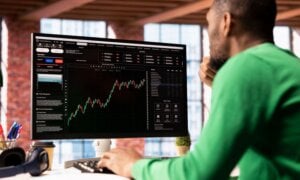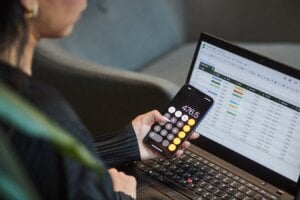What P/E can tell you about a stock, and what it can’t
Price-to-earnings ratio is a good (if imperfect) starting point for people who want to determine how expensive a company is. The ratio indicates what investors are willing to pay for every dollar of future earnings.











So what about forward PE right now, with an example of ZETA at 61 right now on June, 2021 I think & what is it today on 2/15/2022?